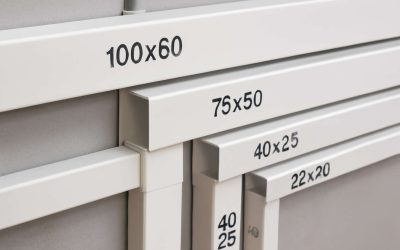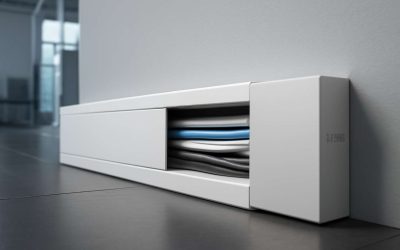If you have to run electrical wires in your home or work on an outdoor electrical project, cable conduit offers robust physical protection. These pipes protect the wires from impacts, dust, and other environmental hazards. They also prevent wires from touching each other, which could cause a fire if the wires are hot. There are many different types of conduit, so it’s important to select the right one for your needs.
Whether you’re laying out new wiring in your home or replacing existing materials, it’s often best to leave the conduit selection and installation to a professional. A licensed electrician will be familiar with the National Electric Code (NEC), which governs safe electrical design and installation. They will also be aware of the specific requirements for your state or region. In addition, a professional will be able to identify and obtain the proper permits before starting any work on your property.
While there are many instances when it may be necessary to use conduit, the most common time is when expanding or rewiring your property. There are a few reasons why you might need to do so, including adding more circuits, installing appliances, or relocating current wiring.
When selecting the right conduit for your project, you must first determine the type of environment it will be in. Several factors will affect your choice, including the potential risks from moisture, corrosion, and temperature extremes. You’ll also want to consider installation demands, such as the ability to bend or be buried in concrete. Finally, you’ll need to weigh these factors with the cost of the conduit.
A common type of conduit used in residential settings is EMT, or electrical metallic tubing. It’s a tubing with walls made of galvanized steel that’s installed using threaded couplings and fittings. EMT is much thinner than Rigid Metal Conduit (RMC) and is therefore better suited to environments that won’t be subject to heavy stresses.
The other main type of conduit is IMC, or intermediate metal conduit. It’s similar to RMC, but it’s rated for outside exposure and is primarily used in new constructions. IMC is also easier to work with than RMC and is often cheaper than it.
The final type of conduit is CPVC, which is typically used in commercial and industrial applications. CPVC is very durable and has good resistance to chemicals. It’s also good at preventing corrosion and handling high temperatures.



0 Comments